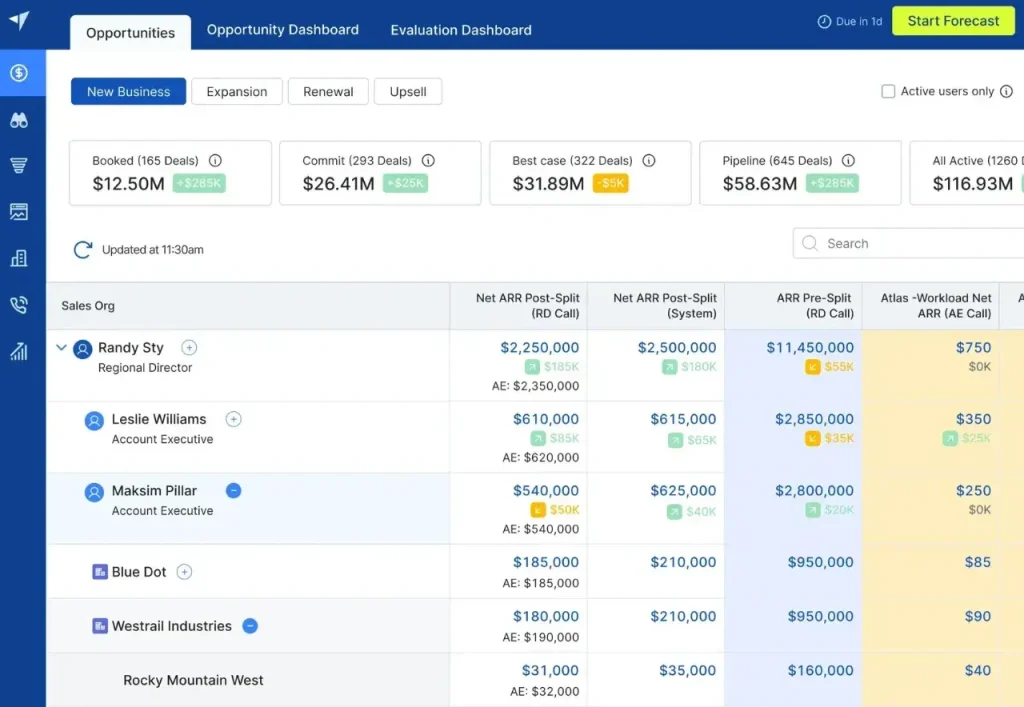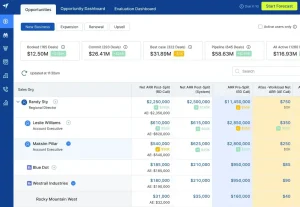
The rhythm of a seasonal business is a unique dance. For months, it’s a frantic, exhilarating sprint—cash flows in, shelves empty, and the phone never stops ringing. Then, almost overnight, the music stops. The quiet season descends, a long, slow exhale where managing cash flow becomes the only game in town.
If this feels familiar, you know that traditional, linear forecasting just doesn’t cut it. Your financial plan can’t be a straight line; it has to be a wave. And learning to surf that wave is the key to not just surviving, but thriving. Let’s dive into the financial forecasting techniques that can bring clarity and confidence to your rollercoaster year.
Why Your Business Needs a Seasonal Forecast (It’s Not What You Think)
Sure, everyone says you need a budget. But for a seasonal operation, forecasting is less about restriction and more about liberation. It’s your strategic compass for navigating the lean months without panic and capitalizing on the peak season without burnout.
Think of it as a tide chart for your cash flow. It tells you when the money will rush in and, just as crucially, when it will recede. This foresight allows you to make bold decisions—like hiring temporary staff with confidence or investing in a marketing blitz right before the rush.
Getting Started: The Foundation of Seasonal Data
You can’t predict the future without understanding the past. Honestly, this is the most critical step. Before you touch a single formula, gather your historical data. We’re talking at least two to three years’ worth, if you have it.
You’ll want to look at:
- Sales data: Break it down by month, week, or even day.
- Inventory levels: Track what sold and what gathered dust.
- Marketing spend: Which campaigns actually drove revenue?
- Operational costs: Utilities, payroll, rent—the whole shebang.
This isn’t just busywork. You’re looking for patterns. Does a rainy April push sales into May? Did that one social media post last year create a unexpected mid-week surge? These are the golden nuggets.
Core Forecasting Techniques for Seasonal Peaks and Valleys
1. The Simple Percentage of Sales Method
This is your entry-level, no-fuss technique. It’s straightforward: you assume that most of your costs (like cost of goods sold and some marketing) will be a consistent percentage of your sales, even if the sales themselves are seasonal.
Here’s the deal: If you know that in peak season your payroll typically eats up 15% of revenue, you can project that forward. It’s a great starting point, but it’s a bit… blunt. It doesn’t always capture fixed costs that don’t change with sales volume, you know?
2. Seasonal Adjustment & Historical Averaging
This is where we get more sophisticated. You take your historical monthly sales and calculate a seasonal index. Essentially, you’re figuring out how much each month typically deviates from your average month.
Let’s say your average monthly revenue is $10,000. But every July, you historically make $25,000. Your seasonal index for July would be 2.5 (or 250%). To forecast for next July, you’d take your projected annual average and multiply it by 2.5. This technique is powerful for established businesses with clean historical data.
3. The Driver-Based Forecast
This is my personal favorite for its elegance. Instead of just looking at past sales, you identify the key “drivers” of your revenue. For a beach rental company, the driver might be number of booked rental days. For a tax accountant, it’s number of clients.
You build your entire forecast around this driver. You forecast the number of rental days, then multiply by your average daily rate. You forecast the number of clients, then multiply by your average fee. This method forces you to think about the real engine of your business and makes your forecast incredibly adaptable.
A Practical Example: Forecasting for a Hypothetical Ice Cream Shop
Let’s make this concrete. Imagine “Scoops & Sunshine,” a shop in a tourist town. Here’s a simplified, high-level quarterly cash flow projection they might build using a mix of these techniques.
| Quarter | Projected Revenue | Projected Expenses | Net Cash Flow |
| Q1 (Jan-Mar) | $30,000 | $45,000 | -$15,000 |
| Q2 (Apr-Jun) | $75,000 | $55,000 | +$20,000 |
| Q3 (Jul-Sep) | $150,000 | $70,000 | +$80,000 |
| Q4 (Oct-Dec) | $40,000 | $50,000 | -$10,000 |
See the story it tells? The massive Q3 profit has to cover the losses in Q1 and Q4. Knowing this in advance, the owner can secure a line of credit before Q1 starts, rather than begging for one when they’re already in the red.
Modern Tools and The Human Touch
Gone are the days of solely relying on complex, static spreadsheets. Modern cloud accounting software like Xero or QuickBooks Online has built-in forecasting tools that can automatically incorporate your seasonal trends.
But—and this is a big but—no algorithm can account for everything. The human element is irreplaceable. You have to layer in your own intuition. Are a new competitor opening up? Is there a local event that could double your foot traffic? Your forecast is a living document, not a stone tablet.
Beyond the Spreadsheet: Taming Cash Flow in the Off-Season
A forecast is useless if you don’t act on it. The primary goal is to smooth out your cash flow. Here are a few tactical moves a good forecast empowers you to make:
- Diversify Revenue Streams: Can you offer off-season workshops? Sell products online? A holiday decoration company might pivot to event planning in the summer.
- Strategic Financing: Use your forecast to confidently approach a bank for a line of credit to cover offseason gaps.
- Staggered Bill Payments: Negotiate with suppliers to align major payments with your peak cash flow periods.
- Aggressive Saving: During the peak, act as if you’re already in the off-season. Stash cash relentlessly.
In fact, the most successful seasonal business owners I’ve met treat the off-season not as a downtime, but as a strategic planning period. It’s when they refine their forecast, build customer relationships, and prepare for the next big wave.
The Final Takeaway
Financial forecasting for a seasonal business isn’t about achieving perfect prediction. It’s about building resilience. It’s the practice of embracing your business’s natural rhythm, of listening to the story your numbers tell, and having the wisdom to prepare for both the feast and the famine.
Because when you know the tide chart by heart, you stop fearing the low water. You simply plan your journey around it.







